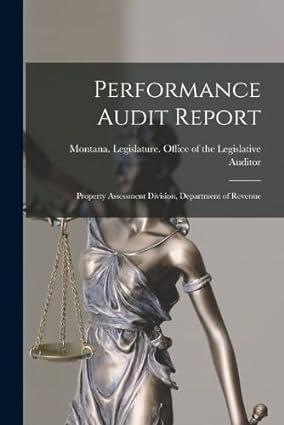Hannover Market (uses FIFO costing method/periodic inventory system) began operations and completed the following transactions during December of the current year. Dec 3 Dec 3 Dec 4 Dec 7 Dec 8 Dec 9 Dec 9 Dec 10 Dec 11 Hune invested $50.000 of personal funds to start the business. Also on this date. Hune transferred inventory worth $15.000 (1.000 pieces x 15$) to the business, Purchased $500 of cleaning supplies on account. The invoice is due 20 days from the date of purchase. Purchased inventory (300 pieces x 205) on credit terms of 1/5, n/eom (end of month). Sold inventory (1.000 pieces x 50$) for cash and paid $ 100 for their shipping. Returned 100 pieces of the inventory purchased on December 4. It was not the inventory ordered. Sold inventory (200 pieces x 50$) with credit terms of 2/10, n/eom (end of month). Purchased inventory (300 pieces x 25$) plus freight charges of $200. Credit terms were 6/15. Sold inventory (200 pieces x 50$) on account with credit terms 5/20. The customer returned 100 pieces of inventory (sold on December 10) as a sales return. Paid supplier for goods purchased on December 4. Less the returns (December 8) Paid the amount owed on account from December 9. Received cash in full settlement of the account from the customer who purchased inventory on December 10, less the return (December 11) and the discount. Received electric bill of $200 to be paid next week. Wrote a check for $2,000 to Pleasant Properties. In the "for" area of the check, it states "December Rent." Supplies on hand at the end of the month is $200. Inventory on hand at the end of the month 200 pieces Dec 12 Dec 15 Dec 20 Dec 23 Dec 24 Dec 28 Dec 29 Requirements 1. Journalize the transactions above. 2. Set up T-accounts and post the journal entries. 2. Prepare the income statement for the month ended Dec 31, 2013. Hannover Market (uses FIFO costing method/periodic inventory system) began operations and completed the following transactions during December of the current year. Dec 3 Dec 3 Dec 4 Dec 7 Dec 8 Dec 9 Dec 9 Dec 10 Dec 11 Hune invested $50.000 of personal funds to start the business. Also on this date. Hune transferred inventory worth $15.000 (1.000 pieces x 15$) to the business, Purchased $500 of cleaning supplies on account. The invoice is due 20 days from the date of purchase. Purchased inventory (300 pieces x 205) on credit terms of 1/5, n/eom (end of month). Sold inventory (1.000 pieces x 50$) for cash and paid $ 100 for their shipping. Returned 100 pieces of the inventory purchased on December 4. It was not the inventory ordered. Sold inventory (200 pieces x 50$) with credit terms of 2/10, n/eom (end of month). Purchased inventory (300 pieces x 25$) plus freight charges of $200. Credit terms were 6/15. Sold inventory (200 pieces x 50$) on account with credit terms 5/20. The customer returned 100 pieces of inventory (sold on December 10) as a sales return. Paid supplier for goods purchased on December 4. Less the returns (December 8) Paid the amount owed on account from December 9. Received cash in full settlement of the account from the customer who purchased inventory on December 10, less the return (December 11) and the discount. Received electric bill of $200 to be paid next week. Wrote a check for $2,000 to Pleasant Properties. In the "for" area of the check, it states "December Rent." Supplies on hand at the end of the month is $200. Inventory on hand at the end of the month 200 pieces Dec 12 Dec 15 Dec 20 Dec 23 Dec 24 Dec 28 Dec 29 Requirements 1. Journalize the transactions above. 2. Set up T-accounts and post the journal entries. 2. Prepare the income statement for the month ended Dec 31, 2013







